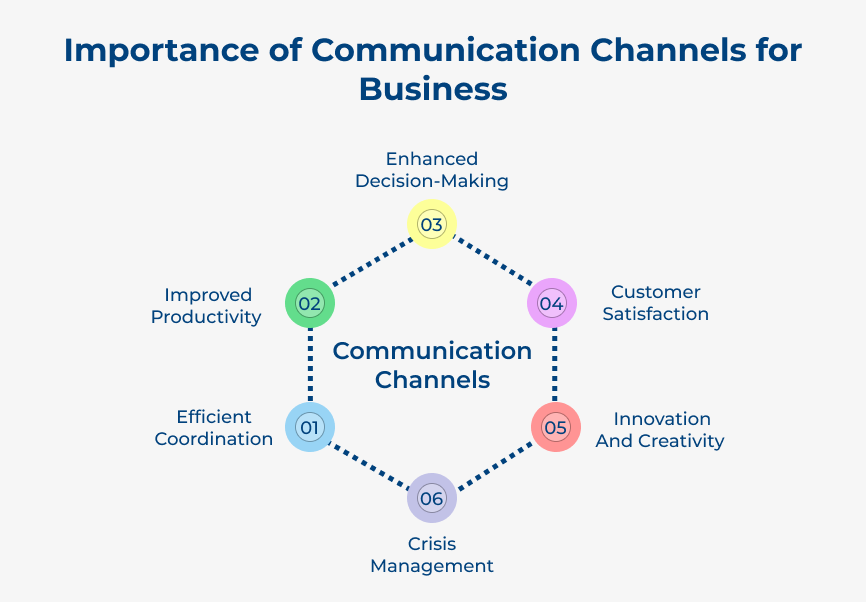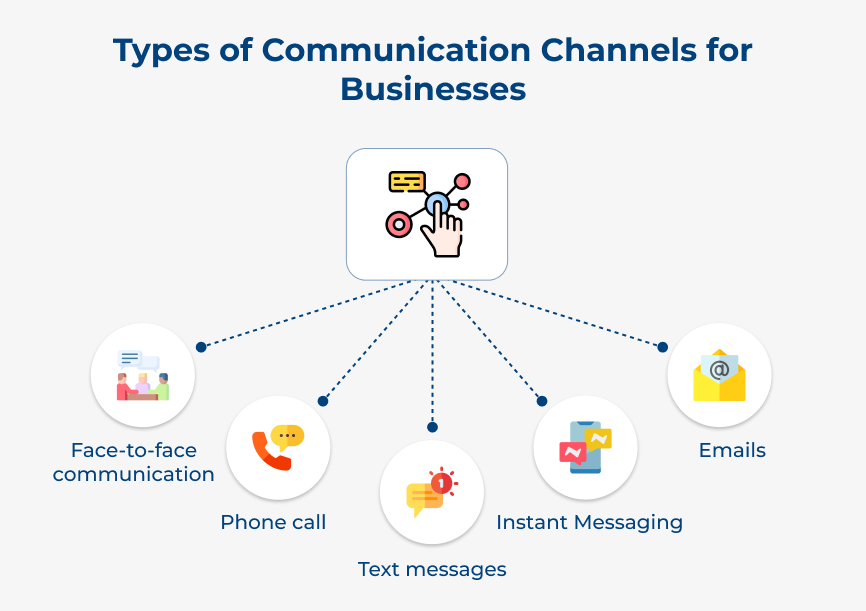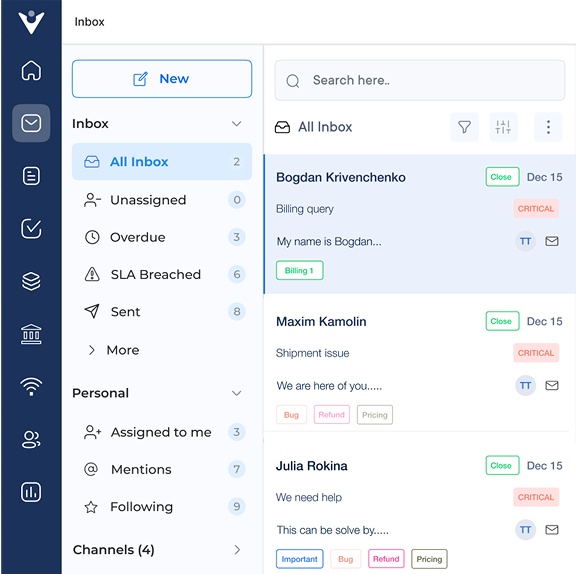1. Understand Your Target Audience
The first step in choosing the right communication channels for the organization is to understand the target audience. Consider factors such as age, demographics, interests and online behavior to determine which communication channels are most likely to engage with the audience.
2. Set Clear Communication Goals
Businesses must set clear communication goals before choosing a type of communication channel. The organization is looking to increase brand awareness, generate leads, drive website traffic or improve customer engagement. Defining the organizational goals allows companies to better determine which communication channels are best suited to help achieve them.
3. Consider Your Budget and Resources
Another important factor to consider when choosing communication channels for the business is the budget and resources. Some channels such as social media advertising or email marketing, may require a financial investment. Others such as blogging may require more time and effort. Evaluate the business budget and resources to determine which channels align best with the business goals.
4. Choose Channels that Align with Your Brand
When selecting communication channels for the business, it’s important to choose channels that align with the brand identity and messaging. Consider the tone, style and values of the brand when deciding which channels to use. Let’s take an example, if the brand has a playful and creative tone, social media platforms like Instagram or TikTok may be a good fit.
5. Test and Measure Results
Once the organization has selected communication channels, it’s important to continuously test and measure the results of efforts. Monitor metrics such as engagement, website traffic, lead generation and conversion rates to determine which channels are most effective. Use this data to make adjustments and optimizations to business communication strategy as needed.
Business Communication Channels Examples
Here are some common business communication channels that help businesses streamline workflows, reduce miscommunication and improve overall efficiency.
1. Coca-Cola
Coca-Cola utilizes various business communication channels to reach its audience. The organization communicates its brand message to consumers worldwide with the help of traditional advertisements on TV and billboards to digital campaigns on social media platforms.
The multi-channel approach helps Coca-Cola maintain a strong presence in the competitive beverage industry. It allows them to create a lasting impact on consumers and drive business growth through effective communication strategies.
2. Starbucks
Starbucks is a global coffeehouse chain known for its unique brand and exceptional customer service. They utilize various communication channels such as social media, email marketing and their mobile app to engage with customers. Leveraging such channels effectively allows Starbucks to reach a wide audience and create a strong brand presence online.
Understanding their target audience, creating engaging content and utilizing data analytics to measure the impact of their communication efforts. Starbucks serves as a great example of how effective communication channels can drive business success.
3. Airbnb
Airbnb is a global online marketplace for lodging, enabling individuals to list their properties for short-term rental. The brand effectively utilizes social media platforms such as Facebook, Instagram and Twitter to engage with customers.
Other businesses can implement this by creating engaging content, actively responding to customer inquiries and utilizing influencer partnerships to reach new audiences. Following Airbnb’s example, businesses can effectively utilize social media as a powerful communication tool to drive growth and success.
Business Communication Channels Best Practices
Let us go through the essential best practices for various business communication channels, ensuring that your messages are conveyed with maximum impact and intention.
1. Distribute your message across multiple channels: There are numerous channels available for communication such as email, phone, instant messaging and social media. Distributing business messages across multiple channels can increase the chances of being received and understood by the intended recipients.
2. Use a single business communication platform: Businesses must utilize multiple channels for communication and also important to establish a single platform for all business-related communication. Business communication platforms can help streamline communication within the organization and ensure that important messages are not missed or overlooked.
3. Opt for asynchronous communication for efficiency: Asynchronous communication refers to communication that does not require an immediate response such as email or messaging apps. Using asynchronous communication for non-urgent matters, companies can increase efficiency within the organization and allow team members to respond at their convenience.
Streamline your Communication with Business Communication Channels
Streamlining the communication with business communication channels is essential for effective and efficient communication within the organization. Utilizing various channels such as email allows companies to ensure that information is easily accessible and tasks are completed promptly.
Businesses must choose the right channels based on the type of communication and the needs of the team. Implementing a communication strategy that integrates multiple channels allows businesses to improve productivity, enhance teamwork and achieve success.














